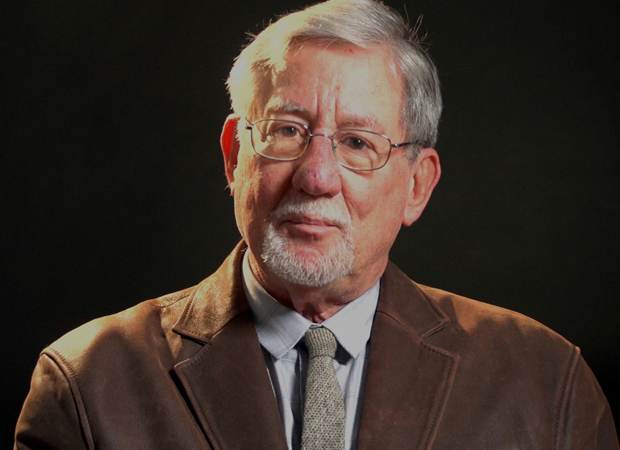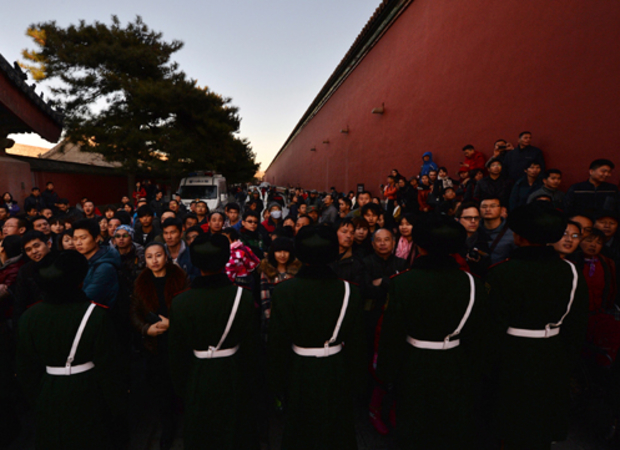The Yellow Mountains (Huangshan) of China’s Anhui Province have been famous for centuries as a place of scenic beauty and inspiration, and remain a hugely popular tourist destination today. A “golden age” of Yellow Mountains travel came in the seventeenth century, when they became a refuge for loyalists protesting the new Qing Dynasty, among them poet and artist Wang Hongdu (1646–1721/1722), who dedicated himself to traveling to each and every peak and site and recording his impressions. Unfortunately, his resulting masterpiece of Chinese travel writing was not printed until 1775 and has since remained obscure and available only in Chinese.
Here Jonathan Chaves presents the first complete translation of Wang’s work in a Western language. Wang’s newly rediscovered verse is also translated, showing him to be one of the most accomplished poets of his day. Introductory essays explore the history of scholarly and religious pilgrimage to the area, and the role of the Yellow Mountains in the great Neo-Confucian, Buddhist, and Daoist revivals of the early Qing period, that is, as the center of a yearned-for spiritual and cultural renaissance.—Floating World Editions






